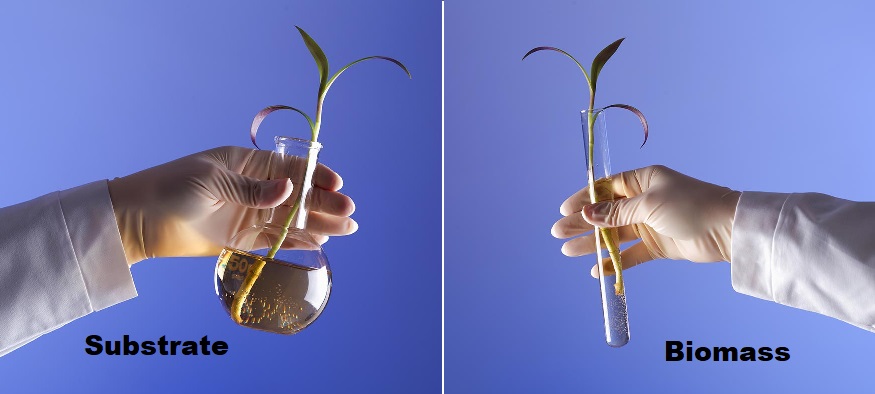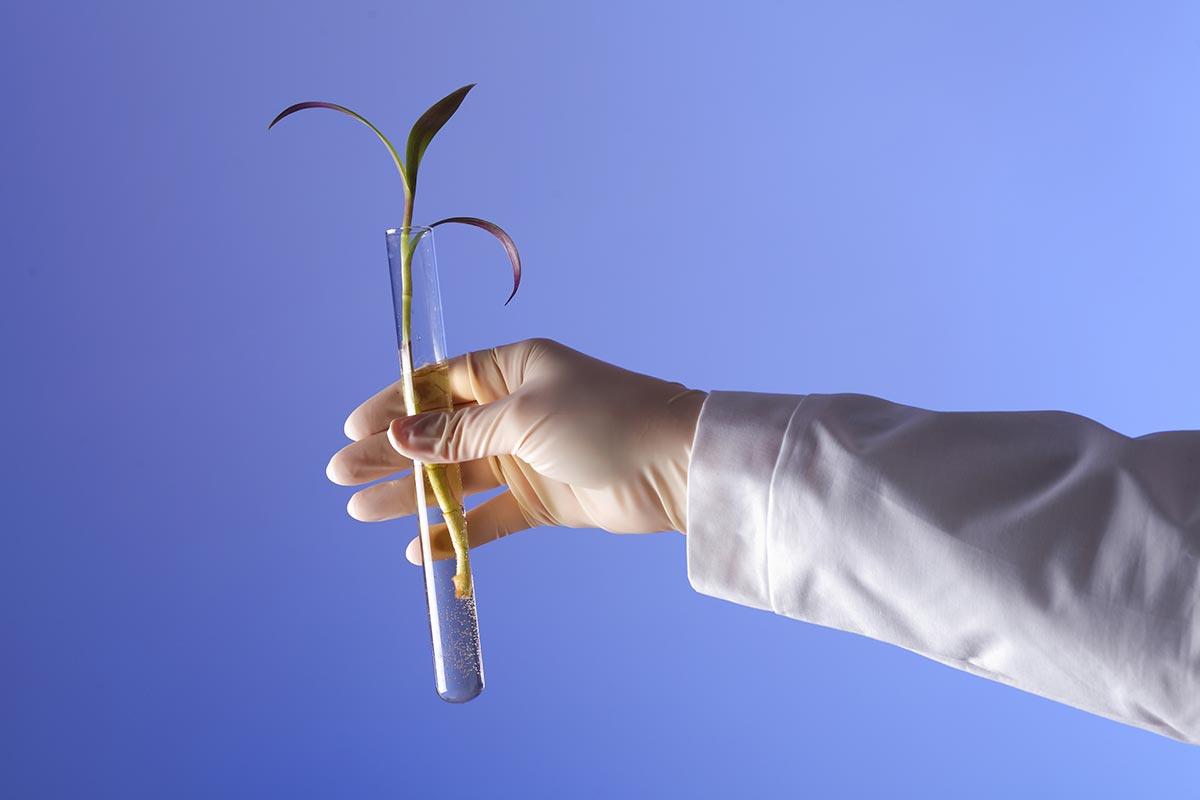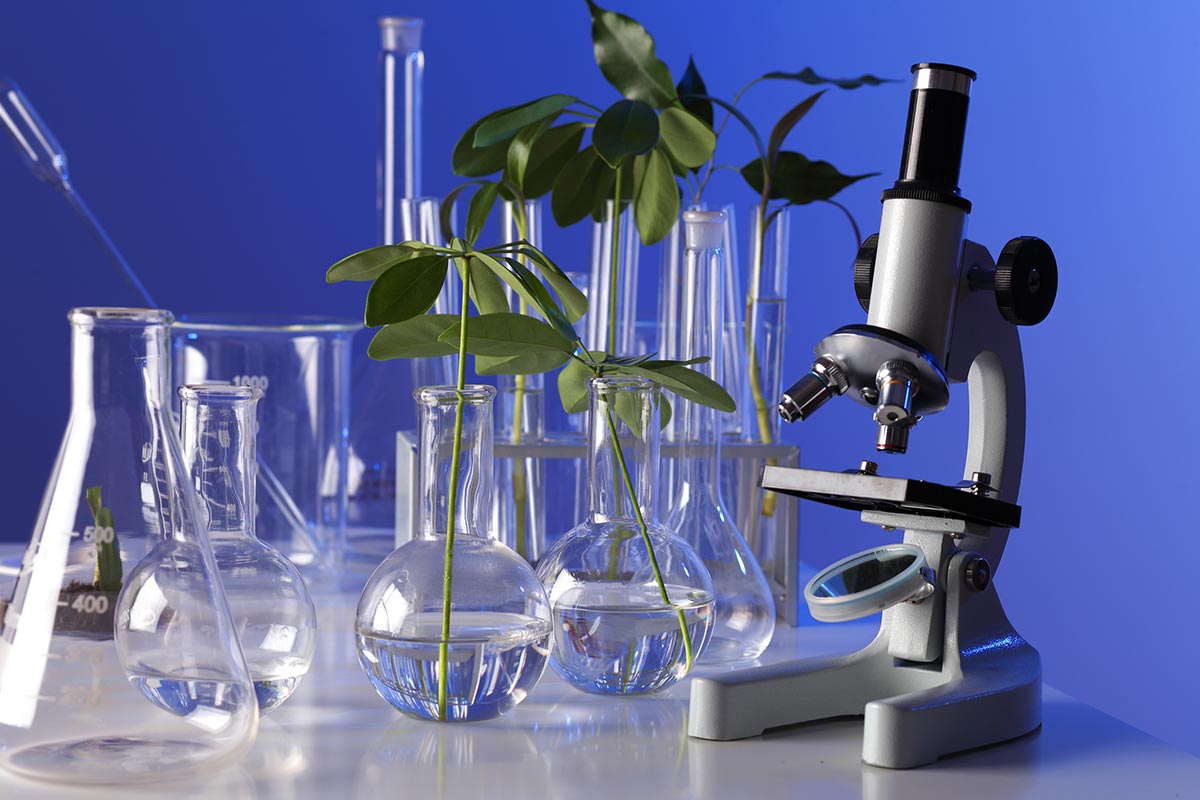Enrich your knowledge with our informative blogs
What Does Substrate & Biomass Mean in Biology?

What does substrate mean in biology?
In biology, the substrates are the substances with which enzymes react, and in ecology, a substrate refers to the foundation to which an immobile substance is attached. In short, the substrate is a material or a surface from which an organism obtains nourishment or grows.
A substrate is a substance that reacts to an active site of an enzyme. The formation of a chemical bond between the substrate and active site is done, and these reactions are known as enzyme-catalyzed reactions. After forming the enzyme-substrate complex, the enzyme exerts a force on substances, and they get converted to products as an outcome.
Enzyme substrate complex:
The enzyme (E) + Substrate (S) ——–> Enzyme Substrate or ES Complex
During such a complex, an enzyme requires a well-specified substrate to perform the catalytic activities. Simultaneously, several active sites are available in enzyme bodies which attracts the substrates known as substrate specificity. Therefore, substrates are loaded in the active sites to form the relatively weaker bonds between them.
Essential to note!
- The reaction between the substrate and active sites takes place at specified parameters.
- Though substrate becomes a part of the product, several changes, including changes in share and size and physicochemical properties, take place within enzymes.
What does Biomass mean in biology?
Biomass refers to the several types of living organisms in a particular ecosystem or environment. Biomass is the total mass of living organisms such as animals, plants in a specific area of the volume of habitat in ecological terms.
Plants transforming sunlight to chemical energy through photosynthesis are known as producers. The living organisms that consume producers are called the primary consumers, and the organisms that feed on the primary consumers are known as secondary consumers. All these terms describe the biomass productivity in an ecosystem where each consumer eats the other one.
Biomass can also be called species biomass that means the mass of one or more species. It can also be known as community species that is the mass for all species present in the community. The Biomass includes plants, microorganisms, and animals.
At a given time, the animal tissues and living plants get accumulated in a specific environment, and Biomass is referred to as a total accumulated material in particular time frames.

Visualize the in-depth understanding of the natural world!
Biology would sound more interesting when your curiosity levels are satisfied with better visuals & logical explanations.
Categories
Recent Posts
- List of the qualities you should look for in your tutors?
- What is the most useful formulas in math?
- Describe the process of eating to defecation of food?
- Difference between the natural and artificial active response by the immunology system.
- Explain the different circle theorems
- How are nerve cells adapted to their function?












